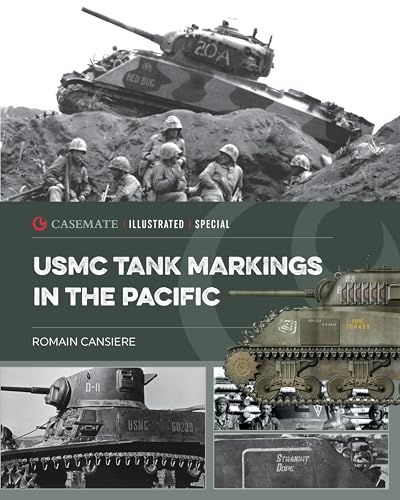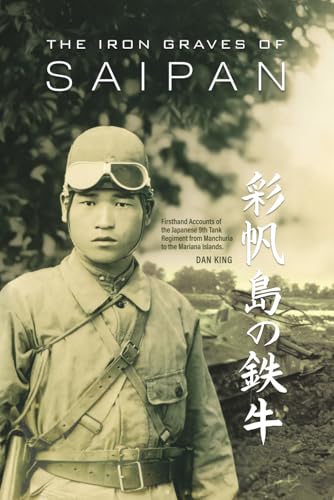
Tank War, 1939-1945
by Janusz Piekałkiewicz
Popularity
2.25 / 5
* A book's popularity is determined by how it compares to all other books on this website.
Where to buy?
Buy from Amazon* If you buy this book through the link above, we may receive a small commission at no extra cost to you.
Tank War, 1939-1945 by Janusz Piekałkiewicz
Details
War:
World War II
Perspective:
Tanks
Biography:
No
Region:
Europe
Page Count:
332
Published Date:
1986
ISBN13:
9780713716665
Description
Brief Summary
Tank War, 1939-1945 by Janusz Piekałkiewicz provides an in-depth exploration of the pivotal role that tanks played in the Second World War. The book meticulously details the development and deployment of tanks by various nations and examines how tank warfare strategies evolved throughout the conflict. Piekałkiewicz uses a combination of historical narratives, firsthand accounts, and photographic evidence to paint a comprehensive picture of tank battles that shaped the course of the war.
Main Themes and Topics
The predominant theme of Tank War, 1939-1945 is the evolution of tank technology and tactics during World War II. Piekałkiewicz focuses on how different countries, primarily Germany, the Soviet Union, the United States, and the United Kingdom, adapted their tank designs to respond to battlefield challenges. There is an emphasis on the technological advancements that occurred during these years and how they contributed to the eventual outcomes of various battles. The book also delves into specific engagements to highlight the strategic importance of tanks in major campaigns.
Writing Style and Tone
Janusz Piekałkiewicz's writing in Tank War, 1939-1945 is characterized by its scholarly yet accessible tone, catering to both military historians and general readers with an interest in World War II. The author employs a clear and concise style, effectively breaking down complex military concepts and strategies. His use of firsthand accounts adds a vivid, personal dimension to the historical events he describes, enhancing the reader's engagement with the text. The detailed chronological narrative ensures that the evolution and impact of tank warfare are easy to follow and understand.
Criticism
While Tank War, 1939-1945 has been praised for its thorough research and rich detail, some critics have mentioned the book's lack of critical analysis regarding the broader implications of tank warfare on the civilian populations affected by the war. Additionally, a few readers feel that the book could have benefited from more in-depth coverage of the tank contributions from countries outside of the main belligerents, as it primarily focuses on the major powers involved.









